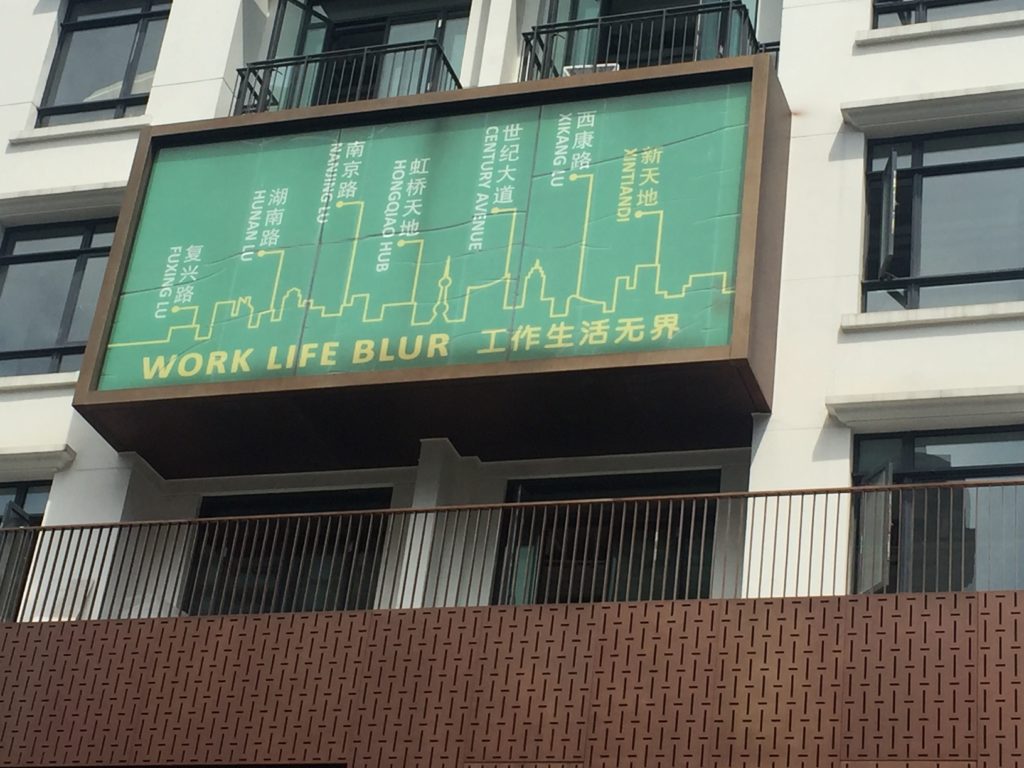First introduced in the UK in the late 1970s, the term “work-life balance” has only become more popular and relevant over time.
While the focus has morphed over time to consider the needs of different audiences within the workplace — mothers, the sandwich generation, millennials and more — the basic question has remained constant: How can we find and keep hold of that elusive holy grail — the equilibrium between the two competing elements, work and home?
The answers to this question have frequently been either less-than-satisfying platitudes (from “you can have it all” to “you can have it all, just not all at the same time”) or less-than-effective advice about how to better manage one’s time in a way that manufactures the additional minutes or hours required to steady the scales.
But the fundamental problem may be with the words that were chosen — nearly 40 years ago — to characterize the problem (or the opportunity). Balance is an impermanent state. Stasis is fleeting. Pendulums swing back and forth, reaching the middle point for a brief moment in time before moving on. Emotions are rarely even; rather they bounce between ups and downs, highs and lows. So, why would we expect — or strive for — balance in two highly dynamic dimensions of our lives?
These are thoughts I was having while in China recently for a speaking engagement. During a free afternoon, we did some sightseeing, and I happened upon a potentially new way of thinking about this conundrum. A residential section of Shanghai offered this.

Perhaps it’s time for us in the West to consider updating our aspirations from a precarious “balance point” to a much more promising “blur.” The constantly connected, work-from-anywhere global economy within which we operate today has already muddled the lines between work and non-work. Perhaps it’s time to lean into the blur and make it work for us.
Because redefining the goal of long-term, concurrent contentment in multiple dimensions of one’s life as a blur offers several advantages. A blur offers a broader corridor of what’s acceptable, allowing for the natural swings of the pendulum of life over time. A blur is more forgiving. Veer a little left or right of the centerline and it doesn’t matter — it’s not even noticed. And a blur provides a wider strike zone to get it right, reducing the debilitating guilt so many workers feel as they consistently fail to achieve the balance they so deeply desire.
Striving for work-life blur requires a new mindset — and a new way of measuring progress. It means:
- Developing target ranges rather than target points. For instance, blur your 30 minutes of exercise every day to 15-45 minutes, allowing a little more latitude to accommodate the realities of your work flow. Conversely, set a range of leaving the office between 5:45 and 6:15 — and really leave at 5:45 when you can.
- Tracking daily but evaluating monthly. It’s still important to track your daily results, but don’t judge yourself based upon how one 24-hour period plays out. Blurring requires a longer term view. At the end of a month, see how your averages compare to your target ranges. Performance within desired ranges over the course of 30 days is a better barometer of your work-life blur.
- Cutting ourselves some slack when we don’t get it quite right. Striving for work-life balance is fraught with stress and a persistent sense of failure, failure that then can cause wider swings of time and energy investment as we try to even the scales. We’ll have better long-term results, if we can treat ourselves more kindly and gently as we integrate these two essential elements of life.
So, although that Shanghai high-rise might have been suggesting something different, I think it could serve us well to let it inspire us to give “balance” the boot and embrace the blur.
Julie Winkle Giulioni is the author of “Help Them Grow or Watch Them Go: Career Conversations Employees Want,” with Bev Kaye. Giulioni has spent the past 25 years improving performance through learning. She consults with organizations to develop and deploy innovative instructional designs and training worldwide. You can learn more about her consulting, speaking and blog atJulieWinkleGiulioni.com.
If you enjoyed this article, join SmartBrief’s e-mail list for our daily newsletter on being a better, smarter leader.
